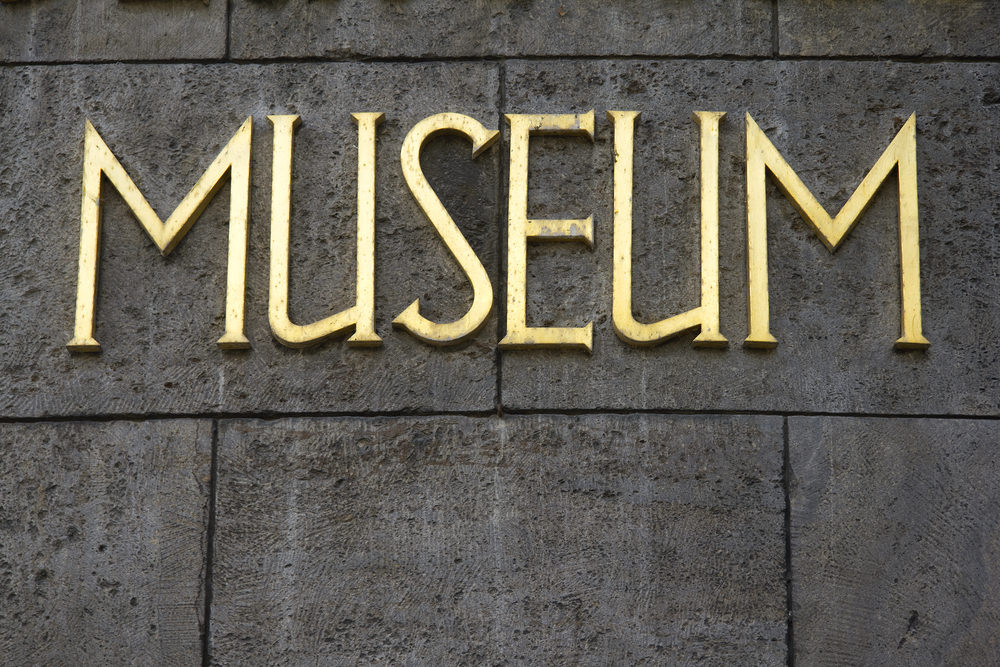
One of three exhibits in New York City in 2014 that celebrate the life and work of El Greco on the occasion of the 400th anniversary of his death, El Greco at the Frick unites the museum's three paintings by the artist—Purification of the Temple and portraits of Vincenzo Anastagi and St. Jerome—in the same gallery, on the same wall (for the first time).
Henry Clay Frick had a deep appreciation for Spanish painting, particularly the work of El Greco, the extraordinary Greek artist who, after a brief period in Italy, spent most of his life in Toledo, Spain. Frick traveled to Spain twice and acquired three works by the artist between 1905 and 1913. Here they are displayed side by side for the first time in a presentation organized in concert with El Greco in New York at the Metropolitan Museum of Art. Together, the two exhibitions show all of El Greco’s work in New York public collections and mark the 400th anniversary of the painter’s death. With this installation, the Frick continues its 2014 focus on the artist, which began with Men in Armor: El Greco and Pulzone Face to Face (August 5–October 26, 2014).
Vincenzo Anastagi: Vincenzo Anastagi was born to a noble family in Perugia, in 1531, and became a Knight of Malta on February 13, 1563. He was best known for his contribution to the victory against the Ottoman Turks during the Siege of Malta in 1565. As a middle-ranking nobleman, Anastagi would not have seemed a likely patron for El Greco, but he was connected to a very eminent personage: Jacopo Boncompagni, who named him the sergeant major of the Castel Sant’Angelo in 1575, the event that probably occasioned the portrait commission. For his portrayal of Anastagi, El Greco looked to examples of military portraits, the most recent, successful likeness of this type in Rome being Scipione Pulzone’s portrait of Boncompagni in opulent armor. During the Renaissance, the representation of reflective armor signified a painter’s virtuosity. El Greco knew that an artful rendering would draw much praise. Here, he goes beyond a faithful description of the symbolic object, drastically abbreviating the details of Anastagi’s cuirass. A single blaze of light reflects off the metal of the breastplate, highlighting the painter’s technical proficiency. The oddly shaped curtain serves as an effective contrasting backdrop. With his free brushwork, El Greco achieves a sense of verisimilitude distinct from that of Pulzone’s meticulously executed portrait, emphasizing Anastagi’s military career and personal traits over his status. The sunburnt face, threads of gray hair, self-confident gesture, and muscular calves testify to his experience as an infantry officer and his brilliance on the battlefield rather than idealize his features. The austere room without the conventional trappings further accentuates this aspect. When acquired by Henry Clay Frick in 1913, the painting had a pedestal on the left side, which bore an inscription, and a Maltese Cross on the breastplate. These were additions made by another hand in the late sixteenth century, and therefore were painted over during treatment in 1959.
This special exhibit will run from November 4 through February, 1, 2015, and is free with museum admission: Adults, $20; ages 60 and up, $15; students with valid ID, $10. Children under the age of 10 are not admitted to the collection.

